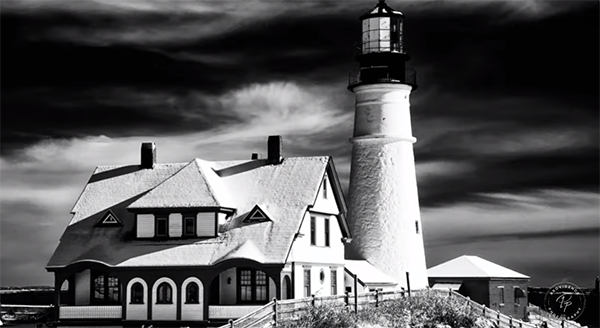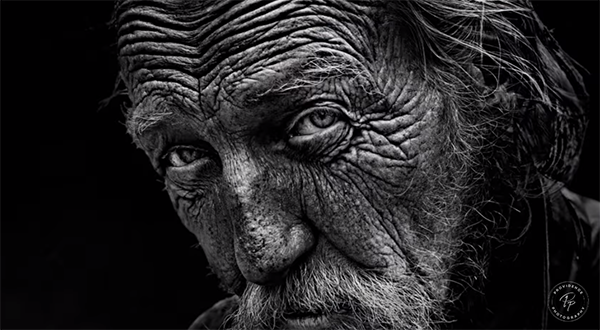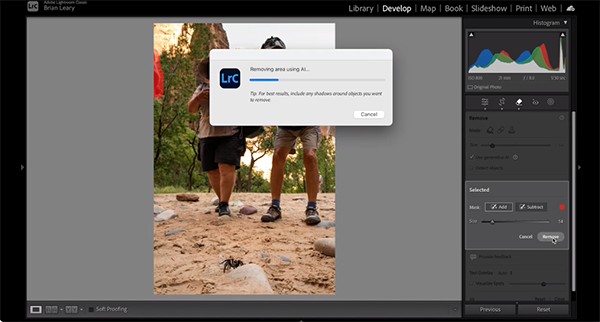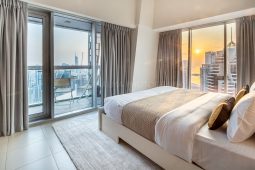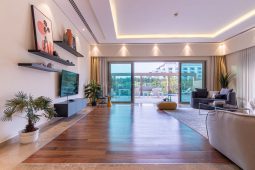7 Tips for Amazing Natural Light Portrait Photos Indoors or Out (VIDEO)
Many photographers prefer the look and feel of natural light people pictures, whether they’re shooting environmental portraits in the field or working in a makeshift studio at home. There are also shooters who simply avoid flash photography at all costs because of a misconception that it’s too complicated for their rudimentary skills.
Whatever the reason, this comprehensive how-to video with instructor Kyle Cong, will set you free and disabuse you of the notion that you need artificial illumination to capture pro-level portraits. Kyle is a Canadian expert who specializes in flash-free photography. He’s also a respected educator and workshop leader who regularly shares straightforward techniques on his popular YouTube channel.

Cong promises that, “whether you’re just getting started with natural light photography or looking to level-up your portraiture game, this lesson will help you see light in a new way and make it work for you.”
He covers a wide range of topics in the next 20 minutes, beginning with an overview of how to accurately evaluate the intensity and direction of natural illumination. He also demonstrates the techniques he recommends for shooting in direct sunlight, in mixed shade, on cloudy days, or during the beautiful soft light of Golden Hour.
You’ll also learn when and how a simple reflector can enhance your results by bouncing ambient light from the sun onto your subject to fill in shadows and create perfect catchlights in a person’s eyes and bring them to life.

Cong then moves indoors to demonstrate the advantages of illuminating portraits with nothing more than indirect light streaming through a nearby window and by using a few other practical tips. He illustrates his seven foolproof techniques with convincing real-world examples that are very easy to emulate.
Once you’re done watching pay a visit to Cong’s popular YouTube channel where you’ll find many more how-to videos for improving your skills.
And before you start editing your images to remove blemishes and other unwanted distractions, be sure to watch yesterday’s tutorial from a post-processing expert who explains the difference between Lightroom’s Remove, Heal, and Clone tools. Then he demonstrates which one works best in various situations.

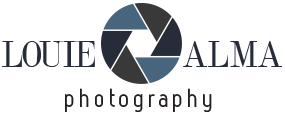
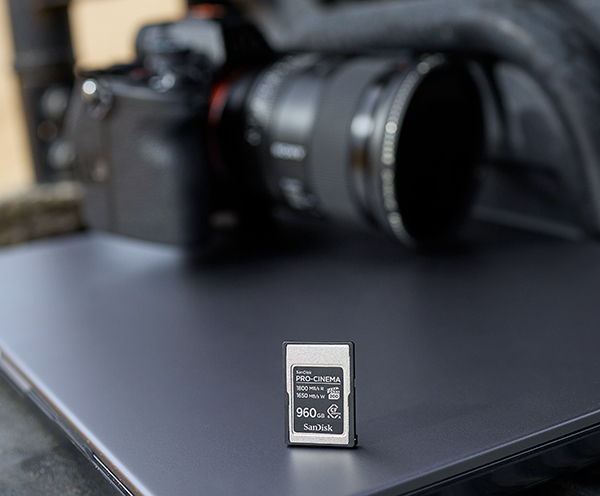
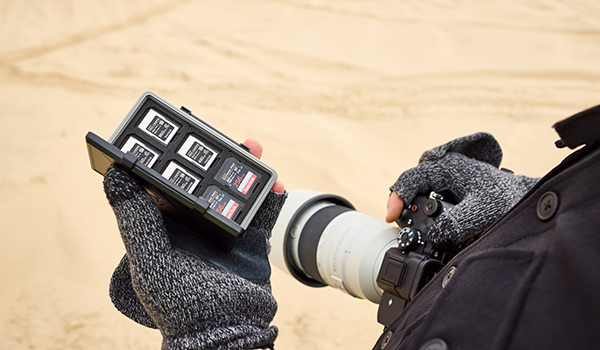
 Pricing & Availability
Pricing & Availability